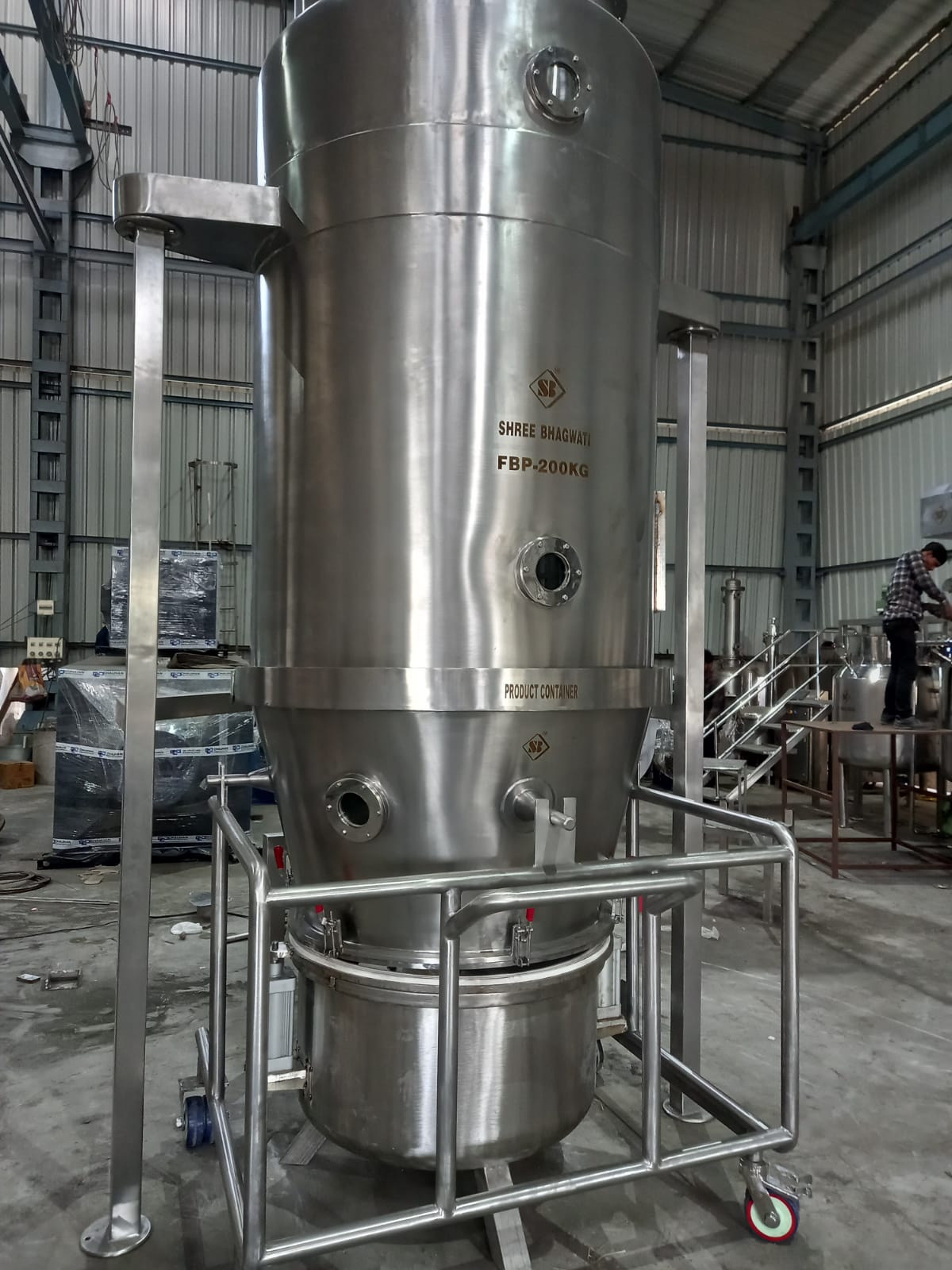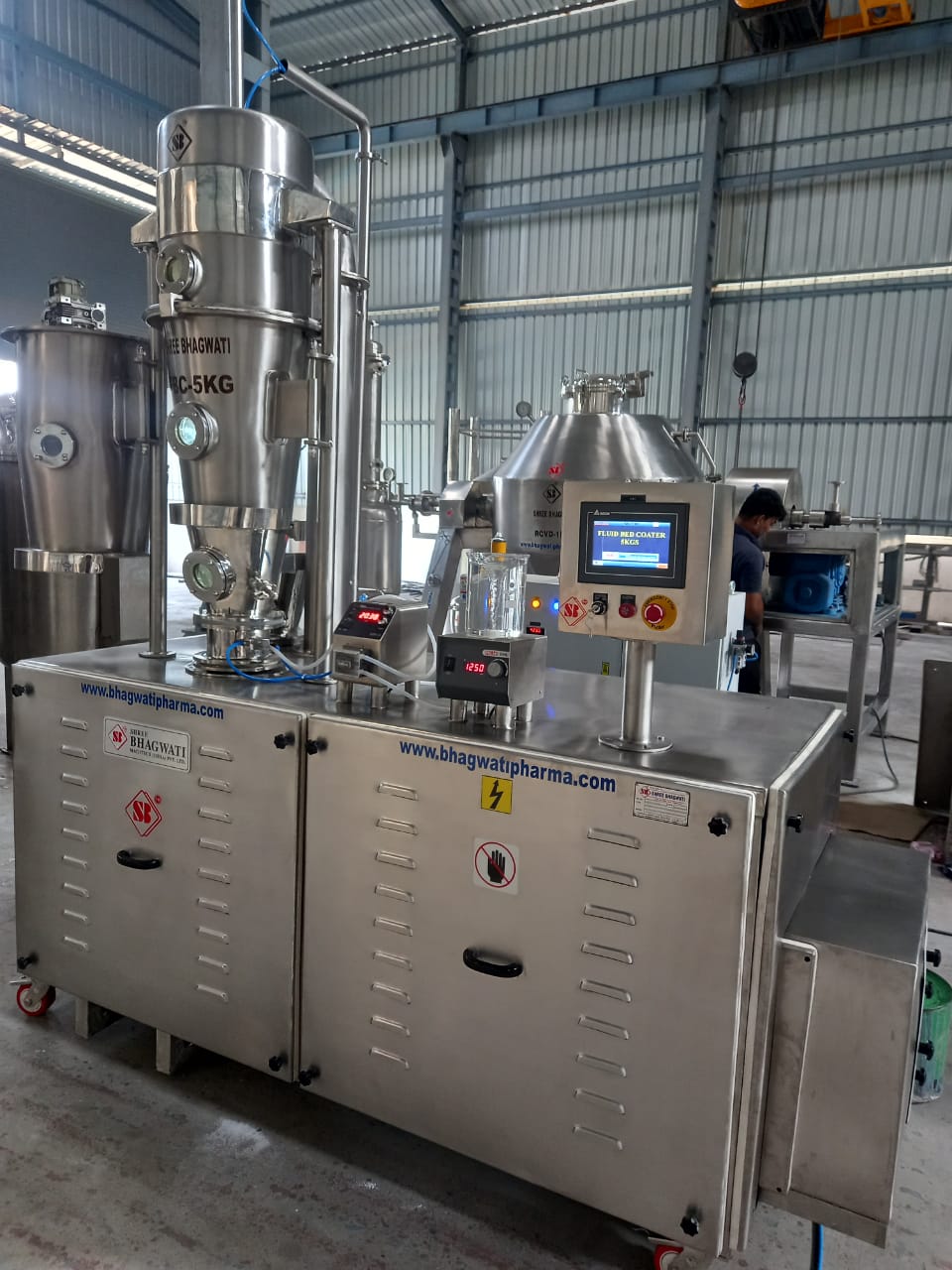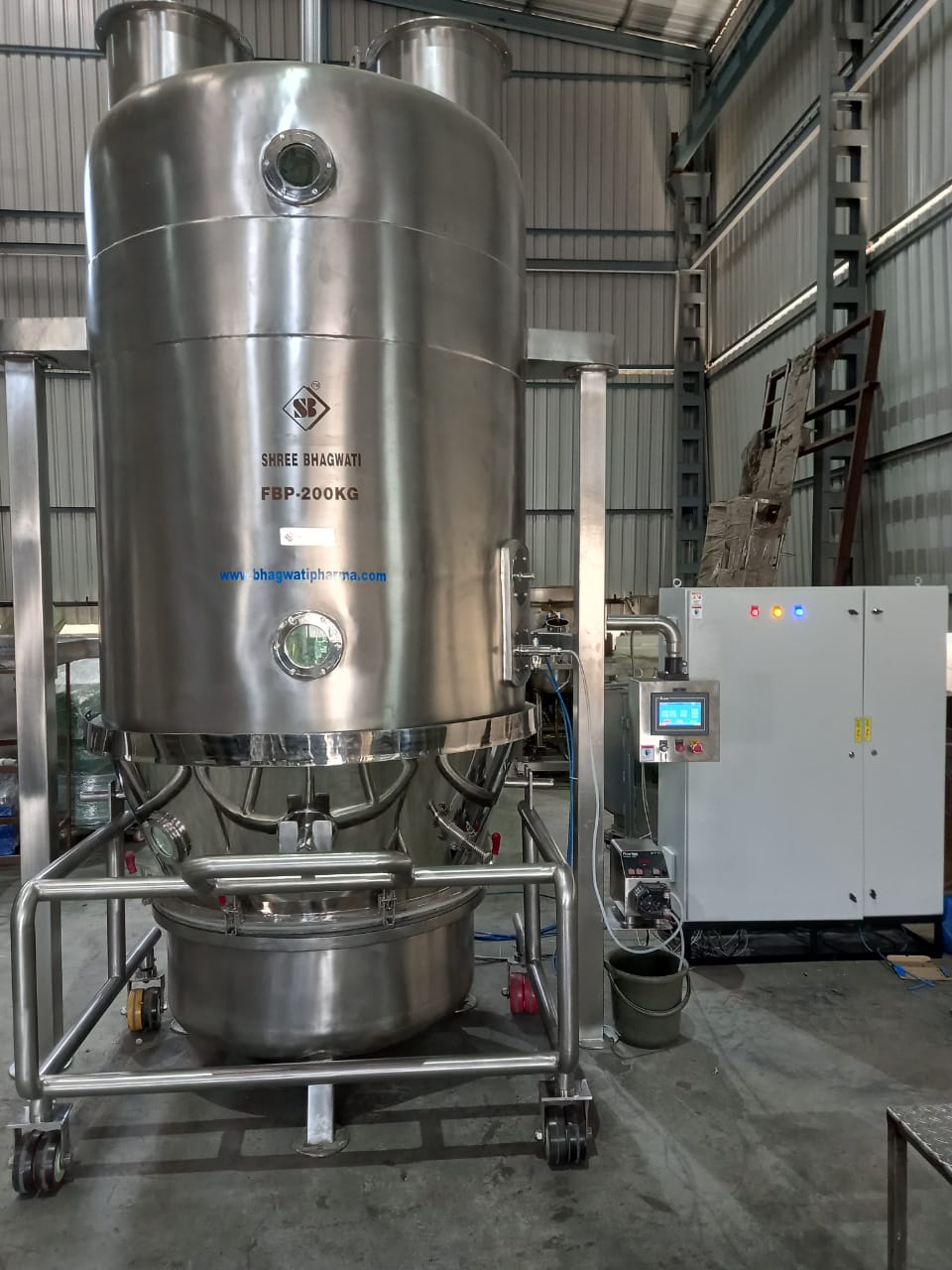Fluid Bed Technology for Food, Feed & Fine Chemicals
Fluid Bed Technology is an innovative technique used in the food, feed, and fine chemicals industry to design granules and pellets from both solid and liquid raw materials. The technology is versatile and allows for individual customization of product properties such as bulk density, residual moisture, porosity, and particle size distribution.
One of the applications of Fluid Bed Technology is the Top Spray Fluid Bed Coater, which is used in the pharmaceutical industry for granulation or drying of medicines, biopharmaceuticals, and Close Loop Pharma medicine. In the food industry, the Top Spray Fluid Bed Coater is used to granulate or dry instant food, juice powder, seasoning, food additives, and lactic acid bacteria.
Another application of Fluid Bed Technology is the Bottom and Top Side Spray, which is used in the controlled release of active ingredients in medicines and healthy food. In addition, the technology is used in the drying of wet powder or granules.
Fluid Bed Technology offers maximum process flexibility for the defined product properties, and the manufacturing capacity ranges from 5 kg to 1000 batch capacity Fluidized Bed Dryer / Granulator / Coater.
Shree Bhagwati is a reputable manufacturer of Fluid Bed Technology equipment such as Coater Granulator, Fluid Bed Dryer, Fluid Bed Processor, FBC Dyer Machine, Granulation & Pellet Coater, and Fluidized Bed Coating. With a wide range of products, they are well-positioned to meet the needs of customers in the food, feed, and fine chemicals industry.
Put your trust in the hands of the pioneers of Fluid Bed Technology, whose wealth of experience and expertise are unparalleled in the industry.
Fluid Bed Technology for Food
Depending on the application, fluid bed technology is used to dry and granulate powdered food materials. It can also be used to enclose sensitive active ingredients in microcapsules, to coat powdered food particles with functional films or melts and to agglomerate powders into products such as liquids or semi-solids.
Suitable Process Parameters for Fluid Bed Technology
The key process parameters that are relevant for the use of fluid bed systems are minimum flow rate at the fluidizer, the shape and height of the nozzle for spray drying or granulation, and inlet air humidity and temperature. It is important to know these factors when using a fluid bed system for any application.


Particle Formulation & High-Temperature Processing
High-temperature fluid bed technology is the ideal solution when you want to produce, for example, catalyst materials in a single-step process. It overcomes previously applicable temperature limits and enables the production of, for example, highly-resistant and chemically active agglomerates and catalysts with different morphologies in a single-stage apparatus.
In addition to granulation and agglomeration processes, fluid bed systems are also suitable for a broad range of chemical reactions. These are especially useful for the production of live cells and agglomerates with organic solvents, as well as coatings with high strength and resistance to temperature and stress. The process temperature can be adjusted to the desired range using a control system. This can be done easily and reliably with our systems. This also means that you can increase your yield and save energy without increasing the risk of fire or explosion.
Fluid Bed Technology for Feed
With its high treatment temperature, a fluidized-bed process is a reliable method of thermally treating powders and crystalline products as well as pelletized or extruded materials. It is also used for drying tasks, for the granulation of solids from powders or liquids (spray agglomeration) and for coating particles with functional films by means of spray coating.
Circulating Fluidized Bed Reactors for Water Treatment
The EPA’s Mercury and Air Toxic Standards have created a need for new technologies to reduce emissions from power plants and industrial facilities. These regulations require a reduction in the amount of metals, acid gases, organic compounds and flue gas acids discharged into the environment.
For this purpose, a number of different reactor designs have been developed to meet the requirements of reducing pollutants and emissions. One such design is a Fluidized Bed Reactor, or FBR, that is able to operate continuously without backwashing or cleaning operations, making it an ideal choice for a broad range of influent flow rates and contaminant concentration levels.
Gasifiers using Fluidized-Bed Technology for Combined-Fuel Generation
A number of circulating fluidized bed gasifiers are in operation in various industrial sites around the world. They sustain fluidization of coal particles within a reactor that is surrounded by an oxidant and steam atmosphere.
These gasifiers typically use coal of small particle sizes ranging from 6 to 12 mm. To sustain fluidization, the coal is mixed with gas and steam before it is introduced to the reactor.
Fluid Bed Technology for Fine Chemicals
The Fluidised bed process is a common and established procedure in the field of bulk material processing. It has been used for almost one hundred years and is renowned for its reliability. It is characterized by the efficient treatment of solids by means of heat transfer and also by gentle and highly controllable drying processes.
Typical applications are the cooling, drying and calcination of grain products and metal ores, as well as roasting and gasifying coals. It is also commonly used for agglomeration, spray granulation and coating.
Group A The particles in this group are below 600 um and are often processed in the spouting or shallow bed mode. They have very low cohesiveness and a high surface area to weight ratio.
They tend to agglomerate easily. They have relatively short handling time and are suited to wet granulation.
In many industries, agglomeration is a significant problem. This can result in loss of valuable nutrients and can be dangerous as it leads to the formation of toxic gases.


Despite this, it is possible to reduce the agglomeration effect with suitable equipment and control. It is particularly important to use a stable and reliable system for the fluidisation of particles.
A key factor for a successful fluidisation process is the pressure drop across the bed. This is influenced by the velocity of the inlet gas and the density of the solids. A minimum fluidisation velocity (u > u m f) is required to achieve effective fluidisation.
















